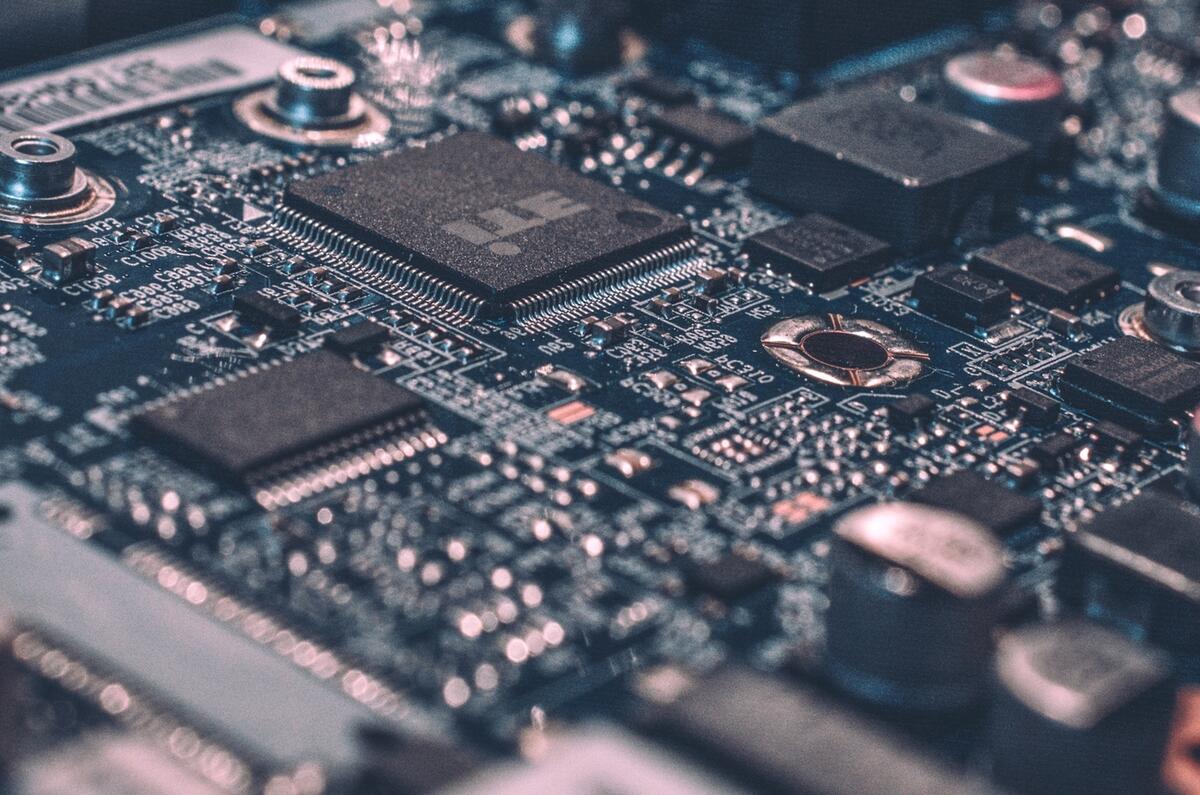Car maker is a term we use a lot but the truth is that today’s car companies are more assemblers of bought-in parts than manufacturers.
That was highlighted in a recent comment by Stellantis CEO Carlos Tavares, who pointed out that the value of a car once it’s emerged from the factory is “85% bolt-on parts”.
These parts are sourced from thousands of often nameless suppliers, but as we shift out of internal combustion engines and into an era of electric cars powered by ever more sophisticated software, car makers are trying to recapture some of the value lost to suppliers.
For Autocar Business webinars and podcasts, visit Autocar Business Insight
The process of making parts yourself is called vertical integration and car makers are going further down that route in specific areas, most notably batteries but also chips and software. This is happening for a number of reasons: to keep some of the profit lost to suppliers; to ensure a good flow of limited supply; and to even work out exactly what the CO2 cost of the components are.
“Companies are increasingly seeing it as a competitive advantage to have greater control over the supply chain,” said Jonathan Davenport, an analyst at consultant Gartner.
Some manufacturers have always leaned towards vertical integration, notably Volkswagen. But the trend in recent years has been to farm more work out to suppliers. This keeps capital investments to make the parts off your books and, if the parts supplier is large enough, can actually work out cheaper because their broad base of customers will bring the price of those parts down through sheer scale.
The rapid pace of technology change is forcing a rethink, however. Ford will split its supply strategy between its two new divisions, Ford Blue for internal combustion engines and Ford Model E for electric cars. “Ford Blue will source with breadth of scale, while Ford Model E will source very deeply with depth,” Lisa Drake, Ford’s new head of EV industrialisation for Model E, told analysts last week.
The depth will focus on parts “very specific to EVs” - batteries, power electronics and raw materials in the batteries - and not just take over the jobs of the so-called tier-one supplies, those that sell parts directly to the OEM, rather than to other parts suppliers.
“We will go very deep into the supply chain – tier two, tier three, tier four,” said Drake. “Places where we haven't gone before and where the semiconductor situation has now shown us where we need to be.”






Add your comment